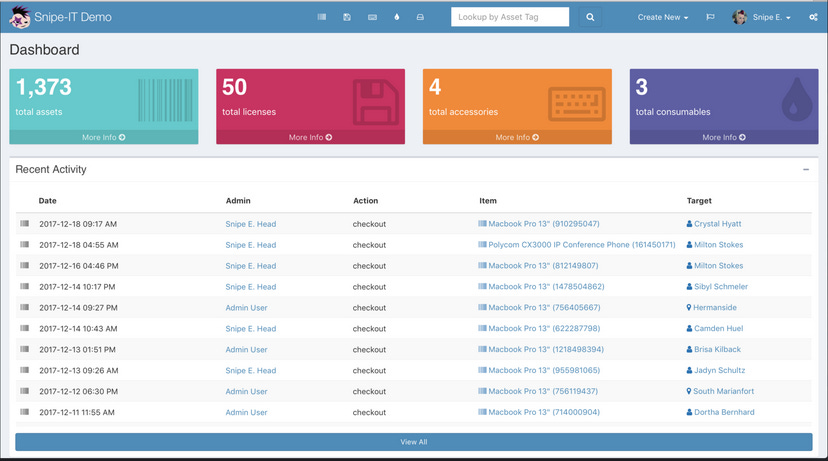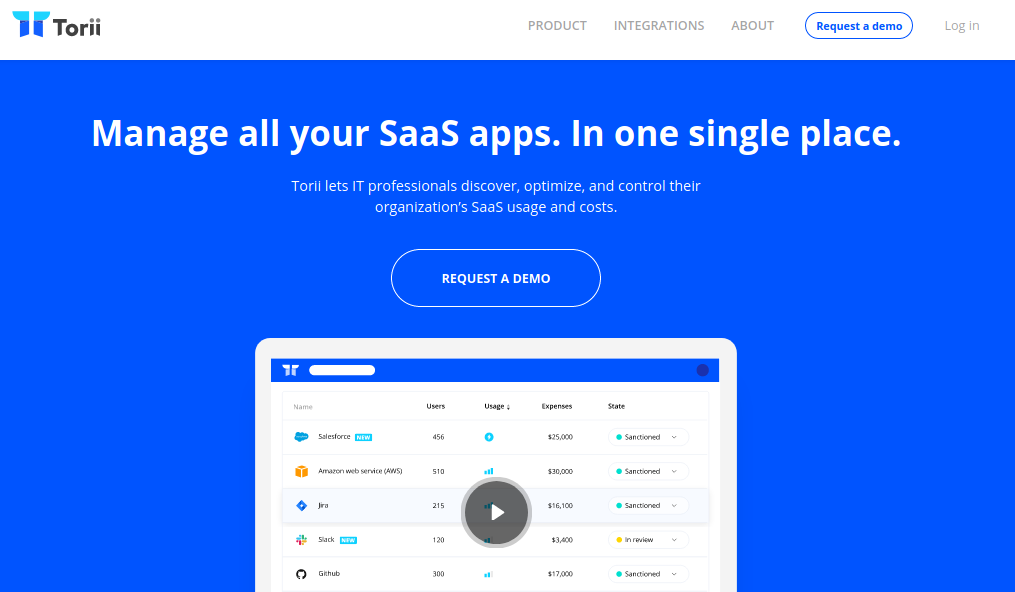
- #Open source license manager software license key
- #Open source license manager software software license
- #Open source license manager software full
- #Open source license manager software software
The customer is usually allowed to use the source code to change the software.
#Open source license manager software software
FOSS source code is available to the customer along with the software product.
Free and open source software (FOSS) licenses are often referred to as open source. There are two general types of software licenses that differ based on how they are viewed under copyright law. What are the different types of software licenses? They prevent overspending on licenses by establishing clear parameters of how many licenses an organization needs. They help users maintain a positive relationship with software developers and vendors. They establish how users stay in compliance with software licenses, protect themselves from infringement claims and limit their legal liability. They define what users can do with software code they did not write. They limit the liability of the vendor. They limit what other parties can do with the covered software code. They protect developers' intellectual property and trade secrets based on copyright laws. 
How license agreements protect developers It defines the relationship between the software company and users and explains how they are protected.
#Open source license manager software software license
It is also used to activate the software on a specific computer or device.Ī software license establishes the rights of all parties involved with the software: the author, the provider and the end users. The key is used to identify and verify the specific version of the software.
#Open source license manager software license key
Software also comes with a license key or product key. A user must agree to the terms of the license when acquiring the software. The license is a contract between the user or user organization and the developer. Licenses typically are expressed as an end-user license agreement or an enterprise license agreement.
what level of access users will have to the source code. how many times the software can be downloaded. The following are some examples of specifications a license might include: It defines how the software can be used and how it will be paid for. How do software licenses work?Ī software license is a document that states the rights of the developer and user of a piece of software. The distinguishing feature is the terms under which users may redistribute or copy the software for future development or use. Software licenses typically are proprietary, free or open source. They also specify protections if the software or its use infringes on the intellectual property rights of others. Software licensing terms and conditions usually include fair use of the software, the limitations of liability, warranties and disclaimers. The license also defines the responsibilities of the parties entering into the license agreement and may impose restrictions on how the software can be used. Software licenses typically provide end users with the right to one or more copies of the software without violating copyrights. the latest version in our release cycle which only “first movers” (selected customers) will have received.A software license is a document that provides legally binding guidelines for the use and distribution of software. 
Valid for the last FMAP release of Quadient Inspire, i.e. the major version which is currently being promoted and most of our customers currently have installed. Valid for the last GA release of Quadient Inspire, i.e.
#Open source license manager software full
For each product, we list the open-source licenses which apply and link also to the end of this document where the license terms are attached in full text.īelow are different versions depending on related software's product line and version that may be downloaded. The below documents contain a library of open source licenses, notices and terms for open source software used in the respective software product.






 0 kommentar(er)
0 kommentar(er)
